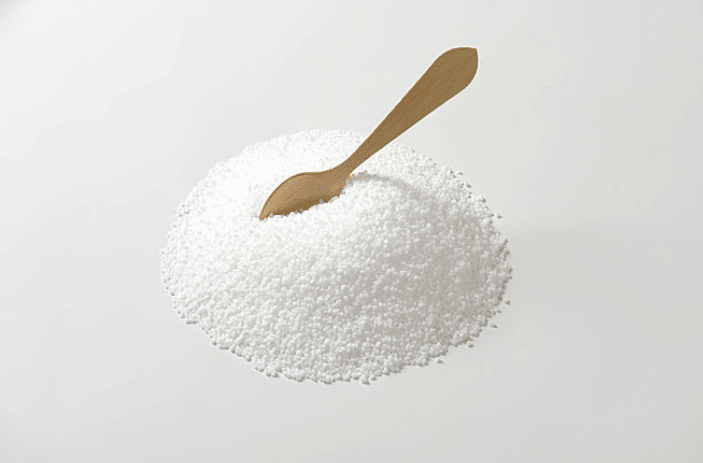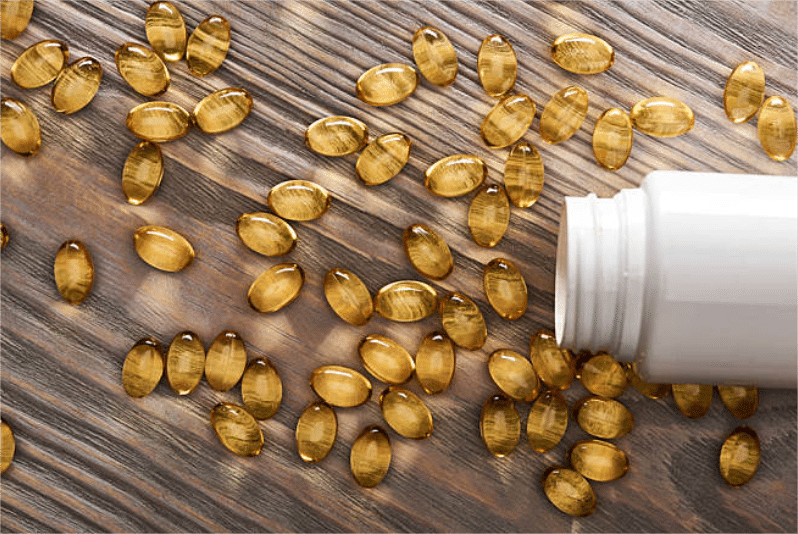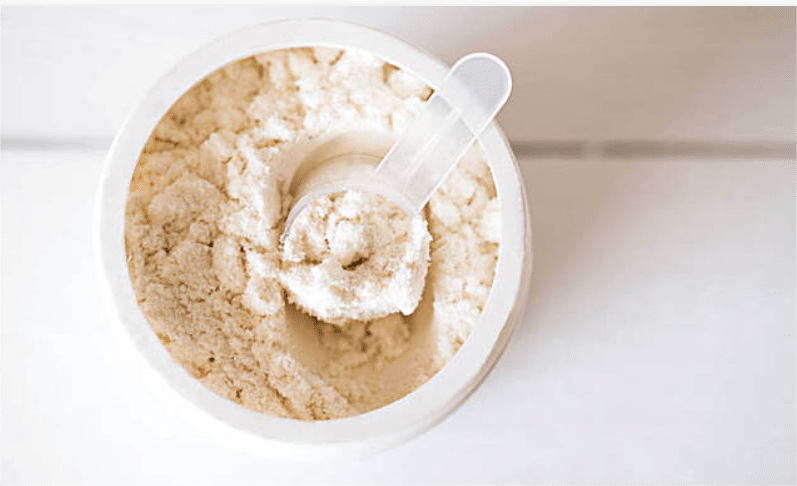A Comprehensive Comparison of Hyaluronic Acid and Sodium Hyaluronate for B2B Procurement
In the fast-evolving market of dietary supplements and cosmetics, two ingredients have gained substantial popularity for their numerous health benefits: hyaluronic acid and sodium hyaluronate. Both play pivotal roles, particularly in skin care and joint health, but their differences might impact product formulation and effectiveness. This article aims to explore the question: Are sodium hyaluronate and hyaluronic acid interchangeable? Additionally, it provides a detailed comparison between these two compounds, highlighting their efficacy, safety, production processes, and market applications.
Basic Information Overview
Hyaluronic Acid
- Aliases: HA, hyaluronan.
- Latin Name: Hyaluronan.
- CAS Number: 9004-61-9.
- Production Standards: Adheres to the standards of the United States Pharmacopeia (USP).
- Appearance: Typically a white to off-white powder.
- Taste: Generally tasteless.
- Production Solvents: Mainly water, used for dissolution.
- Common Specifications: Varies in molecular weight; the most common forms range from 50 kDa to 2,000 kDa.
- HS Code: 3503.00 (gelatin and other proteins).
- Shelf Life: Around 2-3 years if stored correctly.
- Storage Conditions: Must be kept in a cool, dry place and sealed from moisture.
- Packaging Sizes: Generally available in 1 kg, 5 kg, or bulk quantities.
- Aliases: Sodium hyaluronate powder, hyaluronic acid sodium salt.
- Latin Name: Sodium hyaluronate is derived from hyaluronic acid.
- CAS Number: 9067-38-7.
- Production Standards: Follows Good Manufacturing Practices (GMP).
- Appearance: Recognized as a white to pale yellow powder.
- Taste: Mildly salty or tasteless.
- Production Solvents: Water, predominantly used for dissolution.
- Common Specifications: Typically found in low molecular weight and high molecular weight forms, generally ranging from 10 kDa to 1,200 kDa.
- HS Code: 3913.90 (polymers of ethylene, in primary forms).
- Shelf Life: Approximately 2-3 years, similar to its parent compound.
- Storage Conditions: Store in a cool, moisture-free environment, preferably in sealed containers.
- Packaging Sizes: Commonly found in 1 kg, 5 kg, and larger bulk options.
Historical Background
Hyaluronic Acid Discovered in the 1930s, hyaluronic acid has been used extensively in medical applications, particularly in eye surgeries and for treating osteoarthritis through intra-articular injections. The cosmetic industry began to embrace it in the late 20th century, promoting its ability to retain moisture and enhance skin elasticity.
Sodium Hyaluronate Sodium hyaluronate emerged as a derivative of hyaluronic acid, enabling enhanced stability and absorption properties in various applications. Its approval for use in cosmetic products during the 1980s marked a significant timeline in cosmetic development, particularly in moisturizers and serums.
Common Forms in the Market
Both hyaluronic acid and sodium hyaluronate predominantly appear in powder form, although they can also be found in liquid formulations. Sodium hyaluronate is more commonly utilized in formulated products due to its superior absorption and lower molecular weight, making it ideal for topical applications in skin care.
Auxiliary Ingredients Used in Production
- Hyaluronic Acid: Production often includes stabilizers and flavor agents to maintain product integrity and consumer appeal.
- Sodium Hyaluronate: Similarly utilizes stabilizers but may include additional compounds to enhance solubility or formulation efficacy.
Solubility Characteristics
Both hyaluronic acid and sodium hyaluronate are highly soluble in water. However, sodium hyaluronate is known for its ability to dissolve more rapidly, making it favorable for formulations requiring quick absorption or instant activation.
Applications in the Market
Hyaluronic Acid:
- Skincare Products: A staple in moisturizers, serums, and masks for its hydrating properties.
- Medical Uses: Utilized in joint injections and ophthalmology to reduce friction and provide lubrication.
Sodium Hyaluronate:
- Skin Hydration: Frequently featured in topical formulations due to its ability to penetrate skin layers effectively.
- Cosmetic Surgery: Commonly used in dermal fillers and aesthetic procedures to restore volume and hydration.
Key Production Processes
- Hyaluronic Acid:
- Extraction: Sourced from animal tissues or bacterial fermentation.
- Isolation: Hydrolysis of high molecular weight HA extracts results in the production of specific molecular weights.
- Sodium Hyaluronate:
- Synthesis: Often produced via enzymatic processes that convert hyaluronic acid into its sodium salt form.
- Purification: Careful filtration and dialysis processes ensure high purity levels and safety for consumer use.
These differing processes can impact production costs, supply chains, and ultimately, product quality.
Health Benefits and Effects
Hyaluronic Acid:
- Provides intense hydration, improving skin surface moisture levels.
- Supports joint health and mobility by acting as a lubricant in connective tissues.
Sodium Hyaluronate:
- Ensures deeper skin penetration, leading to enhanced and longer-lasting hydration effects.
- Often regarded as a skin conditioning agent, improving texture and elasticity.
Potential Side Effects
Hyaluronic Acid: Generally well-tolerated, with minimal side effects. Some individuals may experience localized reactions in topical applications.
Sodium Hyaluronate: Safe for most individuals, but potential side effects can include mild irritation or allergic reactions, particularly in sensitive skin types.
How They Work in the Body
- Hyaluronic Acid functions by binding water molecules, ensuring tissue hydration and elasticity, which is crucial for skin and joint function.
- Sodium Hyaluronate, as a sodium salt, maintains similar properties but has enhanced skin penetration, facilitating hydration at multiple dermal levels.
Detection Methods for Quality Assurance
To ensure the safety and effectiveness of both compounds, quality control measures are typically implemented through:
- Hyaluronic Acid: HPLC (High-Performance Liquid Chromatography) is commonly employed to determine purity levels.
- Sodium Hyaluronate: Similar chromatographic techniques paired with assays measuring molecular weight and viscosity.
Common Formulations Available
- Hyaluronic Acid: Predominantly included in serums or creams for skin hydration and anti-aging properties.
- Sodium Hyaluronate: Often found in skin care products designed for enhanced absorption and hydration, including lotions, gels, and syrups.
Recommended Dosages
Typical recommendations vary based on application:
- Hyaluronic Acid: Injections can range from 20 mg to 200 mg depending on treatment frequency and application.
- Sodium Hyaluronate: Common dosages for topical applications can range from 0.1% to 2% based on the product formulation.
Time to See Results
- Hyaluronic Acid: Results can typically be observed within weeks, particularly in injectable forms for joint health.
- Sodium Hyaluronate: Many users see immediate hydration improvements in topical applications within a few days.
Mechanism of Action in Detail
- Hyaluronic Acid retains moisture and provides volume in tissues, contributing significantly to skin elasticity and joint lubrication.
- Sodium Hyaluronate behaves similarly but enhances penetrating capability, serving multiple skin layers efficiently and promoting extensive hydration.
Comparable Products
Alternatives to these ingredients that also support skin health and joint function include:
- Collagen: Known for restoring skin elasticity and supporting joint health.
- Glycosaminoglycans: Compete in the market for joint health and skin moisture retention.
Recent Clinical Research Developments
- Hyaluronic Acid has shown efficacy in controlled studies for improving skin smoothness and reducing wrinkle depth.
- Sodium Hyaluronate, through dermal application, has demonstrated quick revitalization properties in aged or dehydrated skin.
Regulatory Landscape
The regulations that govern these ingredients vary across regions but typically include:
- Hyaluronic Acid: Recognized as Generally Recognized as Safe (GRAS) in many countries and used widely in cosmetic and medical products.
- Sodium Hyaluronate: Similarly regulated, with stringent guidelines around its use as a dietary supplement or in skin applications.
Market Outlook
The market for both hyaluronic acid and sodium hyaluronate is predicted to grow significantly, driven by consumer demand for anti-aging and hydrating products.
- Market Trends: The global hyaluronic acid market is growing rapidly, especially in the beauty and cosmetic sectors.
- Sodium Hyaluronate: Increasingly popular in various markets for joint health and skin applications, projected to follow similar growth patterns.
Key Advantages and Disadvantages
| Hyaluronic Acid | Sodium Hyaluronate |
|---|---|
| Advantages | |
| Excellent moisture retention | Superior skin penetration |
| Supports joint health | Versatile in formulation |
| Proven safety and efficacy | Rapidly dissolves in formulations |
| Works well in combination with other ingredients | Generally well-tolerated |
| Disadvantages | |
| More expensive to produce | May cause sensitivity in rare cases |
| Effectiveness can be influenced by molecular weight | Requires precise formulation |
| Limited absorption through skin |
Tips for Choosing Suppliers
When selecting suppliers for hyaluronic acid or sodium hyaluronate, consider the following:
- Quality Certifications: Look for suppliers with certifications such as ISO or GMP for assurance of product quality and safety.
- Transparent Sourcing: A reliable supplier should provide clear information regarding sourcing and production processes.
- Customer Service: Strong customer support and logistics are essential for timely and efficient sourcing.
Conclusion
In conclusion, while sodium hyaluronate and hyaluronic acid share similarities and can be used interchangably in some contexts, they each provide unique benefits to skin and joint health. Knowing these distinctions can help businesses make informed decisions that best suit their target markets and product formulations.
For reliable sourcing solutions of both hyaluronic acid and sodium hyaluronate, please feel free to reach out at sales@collagensei.com. At Gensei Global Industries, we are dedicated to providing premium, FDA-certified raw materials that meet the highest standards of quality. With our vast network and commitment to customer satisfaction, we thrive to support your business needs, whether for off-the-shelf or custom formulations, including capsules, powders, or liquids.
Navigating ingredient sourcing doesn’t have to be a hassle when you have the right information and support on your side. Let’s drive the growth of wellness and beauty together!




